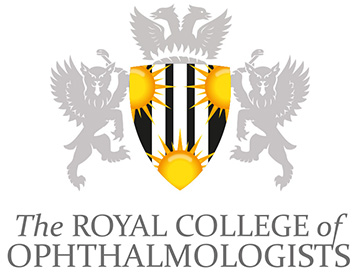First national epidemiological study in childhood visual disability (BCVISG) wins Ulverscroft David Owen prize
6 July 2021
The paper reports the findings of the British Childhood Vision Impairment and Blindness study (BCVISG) which relied on ophthalmologists and paediatricians across the UK’s four nations reporting newly diagnosed children with VI/SVIBL through the British Ophthalmological Study Unit (BOSU) and the equivalent national paediatric surveillance unit (BPSU). BCVIS2 was a prospective UK-wide, cross-sectional, observational study to establish an inception cohort of children newly diagnosed with visual impairment. Ophthalmologists and paediatricians reported cases from 89 hospitals and community centres across the UK.
This is the first national study anywhere in the world of the epidemiology of all-cause full-spectrum childhood vision impairment (ranging from vision impairment to blindness; VI/SVIBL in WHO terminology). It provides contemporary data on incidence, underlying conditions, mortality and current and emerging influences on childhood visual disability. As the Editorial on the paper in The Lancet Adolescent Child Health noted, the study addresses a key global health evidence gap.
Lucinda Teoh, PhD student in the Vision and Eyes Group led by Jugnoo Rahi at UCL GOS Institute of Child Health, said, ‘I am delighted to be part of the BCVIS research team awarded the Ulverscroft David Owen prize along with the members of our Study Interest Group (BCVISG) comprising more than 250 clinical collaborators.
The purpose of this prize is to recognise high quality research in paediatric ophthalmology, visual sciences and promote academic paediatric ophthalmology. We are particularly proud that this award recognises the importance and success of national collaborative networks in undertaking research that answers questions that are important to clinical practice and policy.’
The findings demonstrate the importance of childhood visual disability as a key ‘sentinel’ population health indicator, for example through the increased associated mortality rate. The findings identify that children newly diagnosed with VI/SVIBL are an increasingly complex group, both clinically and aetiologically. Childhood visual disability also continues to disproportionately affect those from socio-economically disadvantaged backgrounds as well those from any ethic group other than White.
Finally, the majority of children have conditions that are currently not amenable to prevention or treatment; whilst this demonstrates that preventable or treatable conditions are being well addressed by current provision, it also shows that there remains much work to be done, in particular in relation to cerebral visual impairment, if the burden of childhood disabilities is to be reduced. This population therefore has significant healthcare needs which require effective multi-disciplinary clinical care and interventional research.
It is hoped the study will improve attention to childhood visual disability in the broader context of child health and inform provision of child health and eye care services and planning of interventional research.
This study was funded by Fight for Sight and was additionally supported by the Ulverscroft foundation and NIHR.
https://www.thelancet.com/journals/lanchi/article/PIIS2352-4642(20)30366-7/fulltext
